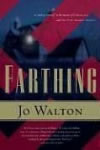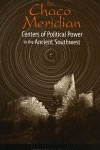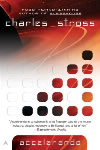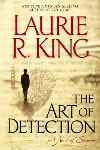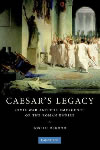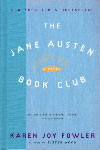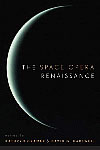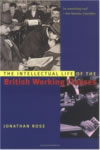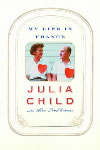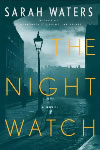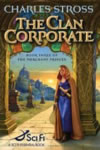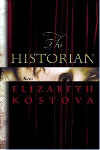A wonderful country house mystery, set in a Britain that accepted the Hess mission and made peace with Germany in 1942. Six years later the Continent is Nazi, the Wehrmacht is still bogged down at Kursk and Stalingrad, the US is isolationist, and Lucy Eversley, niece of a Duke and daughter of a cabinet secretary, has married a Jew. She's home for one of Mummie's political house parties, but things are getting awkward for Jews in England. When one of the guests is murdered, suspicion soon falls on the son-in-law.
It's a wonderfully well-imagined world. Walton makes occasional blunders: at one point we think the Cook, a Polish refugee, is being blackmailed by Bolshevik terrorists when Poland must actually be occupied by the Germans. I can envision the USSR collapsing, and I can see them grinding down the Wehrmacht single-handed, but could the war bog down this way, six years on the same front? Only, I think, if winter were perpetual or if Russia some technological change negated the armored division.
I'm concerned by the position of terrorists in this world. This is, after all, a social history of a terrible, sudden slide into right-wing extremism where Jews and union leaders are pariahs, Labour is outlawed, and the politics have become, essentially, a Kabuki combat between the right (Churchill), the extreme right (Eden's government), and fascist aristocracy (the heroine's family). The parallel to contemporary America is frightening , but Walton muddies the issue by making treating terrorism as a myth. Her terrorists pick off occasional targets with Molotov cocktails and popguns; they're less effective than the IRA. That cannot be right.
It's a fine mystery, engrossing and intelligent.
September 29, 2006 (permalink)
